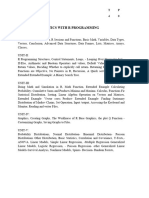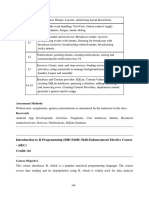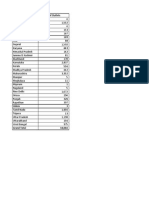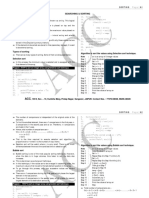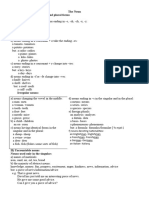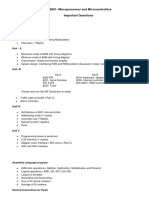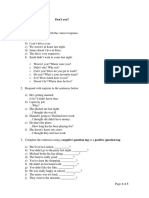0% found this document useful (0 votes)
95 views24 pagesRP Lab Manual
The document is an Experiential Learning Manual for a course on R Programming at Mohan Babu University, detailing course structure, outcomes, and content. It covers topics such as R programming constructs, statistical analysis, and data visualization, along with practical programming exercises. The manual also includes resources for further learning and a lab manual with specific coding tasks.
Uploaded by
montspice38Copyright
© © All Rights Reserved
We take content rights seriously. If you suspect this is your content, claim it here.
Available Formats
Download as PDF, TXT or read online on Scribd
0% found this document useful (0 votes)
95 views24 pagesRP Lab Manual
The document is an Experiential Learning Manual for a course on R Programming at Mohan Babu University, detailing course structure, outcomes, and content. It covers topics such as R programming constructs, statistical analysis, and data visualization, along with practical programming exercises. The manual also includes resources for further learning and a lab manual with specific coding tasks.
Uploaded by
montspice38Copyright
© © All Rights Reserved
We take content rights seriously. If you suspect this is your content, claim it here.
Available Formats
Download as PDF, TXT or read online on Scribd
/ 24
